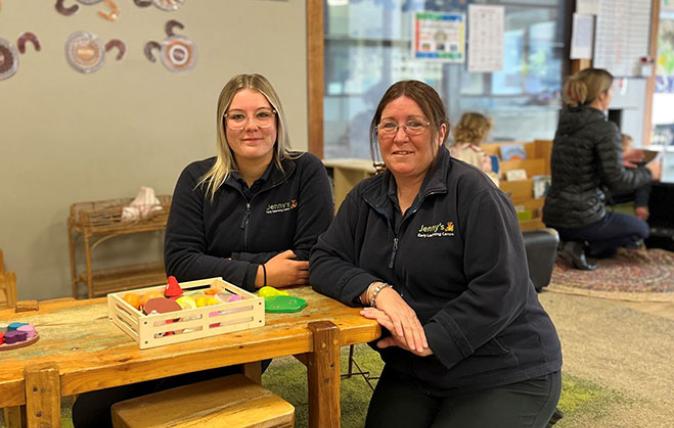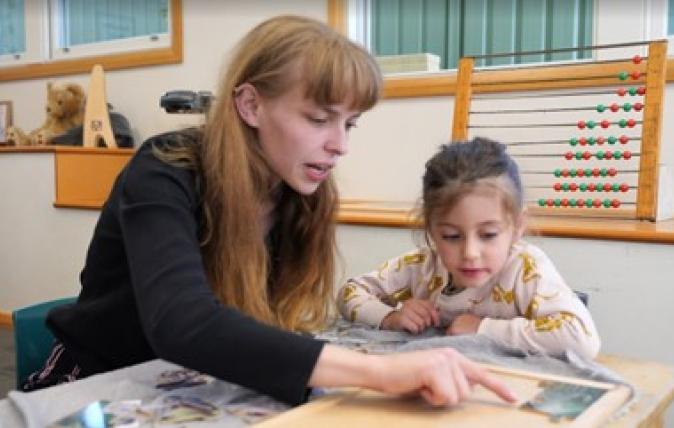Quality outcomes for children depend on a highly skilled, well-supported and professionally recognised early childhood education and care (ECEC) workforce. Learn about who works in the sector and see what we’re doing to build a high-quality and sustainable workforce.
Stay up to date
Subscribe to our channels to get the latest news and updates about the ECEC workforce.



